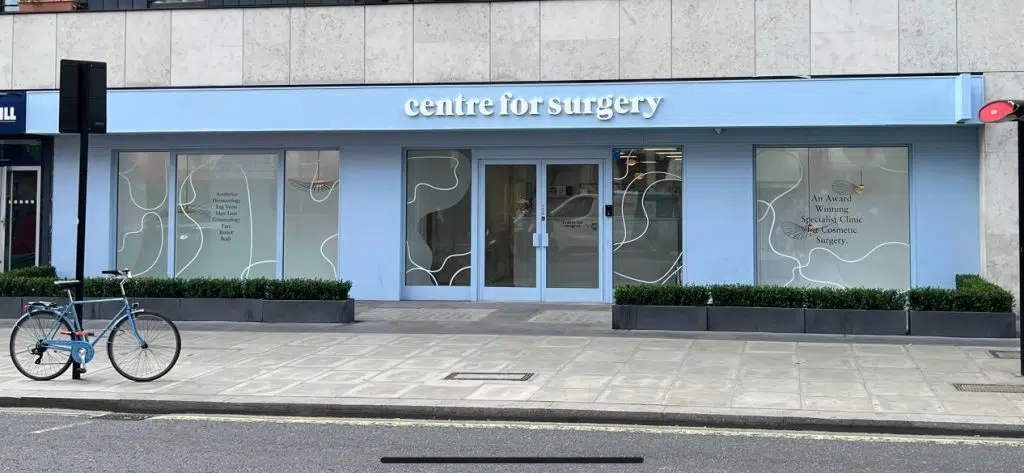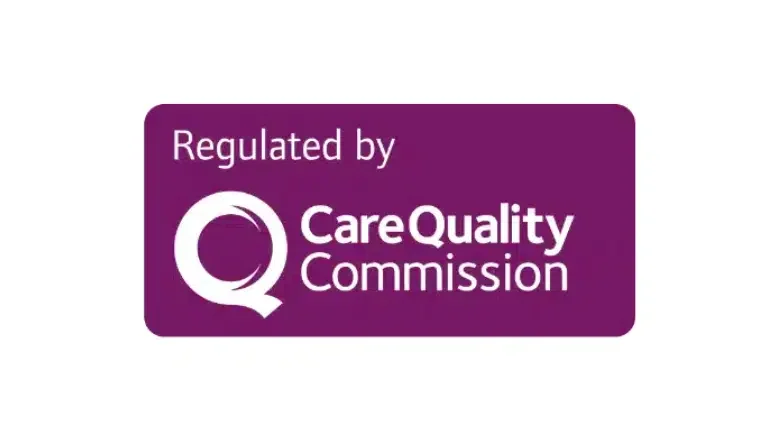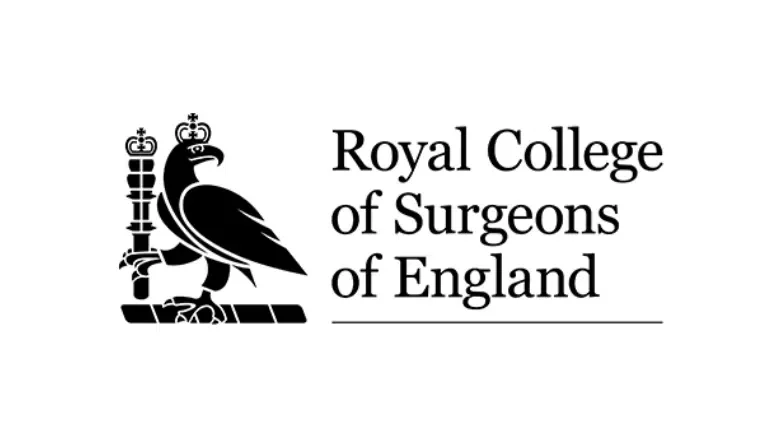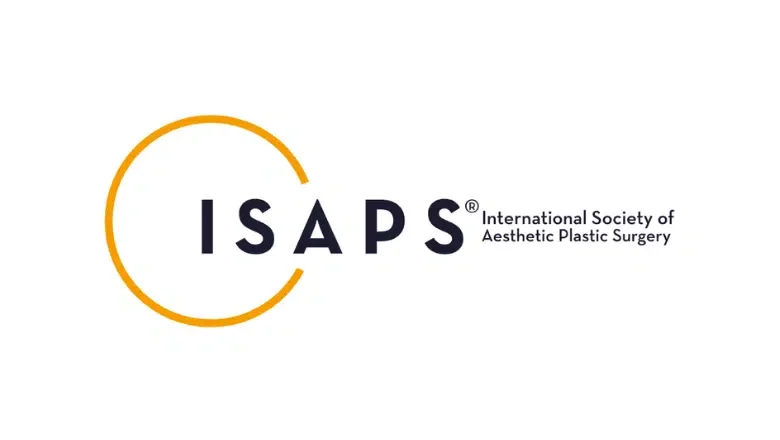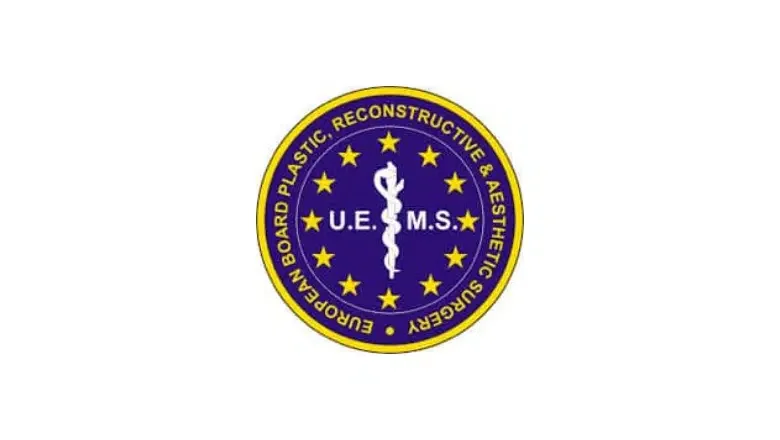Gynecomastia Surgery, also commonly known as Male Breast Reduction Surgery, is an operative intervention designed to decrease the extent of a man’s chest, offering a more streamlined and traditionally masculine appearance. To clarify, gynecomastia is the medical term referring to the enlargement of male breasts, a condition that is more widespread than one might anticipate. Recent research indicates that as many as one in three men under the age of 40, and every second man over the age of 50, grapple with the issue of enlarged breasts in the UK.
RELATED: Gynecomastia Surgery FAQs – Q&A about Male Breast Reduction
This common issue is no insignificant matter; it often weighs heavily on the self-esteem and emotional well-being of affected individuals. The anxiety and embarrassment associated with gynecomastia can profoundly impact a man’s lifestyle choices, creating hesitations in engaging in specific physical activities, public exposure like beach visits, and even intimate relationships. For some, this troublesome condition can be a constant source of distress, causing them to withdraw from certain social situations due to their self-perceived physical appearance.
The psychological toll can be profound and persistent. However, it’s important to understand that gynecomastia does not reflect personal failure or lack of discipline. Many factors, including genetic predispositions, hormonal imbalances, and side effects of certain medications, can contribute to its development. Thankfully, with advancements in medical science, there are solutions available, such as male breast reduction surgery, to effectively address this condition and help men regain their confidence, thus drastically improving their quality of life.
What Causes Gynecomastia?
Gynecomastia is a complex condition, the onset of which can be attributed to an array of potential factors:
- Hormonal Imbalances: The human body’s hormonal landscape is intricate and delicate, and fluctuations can provoke a range of health implications, including gynecomastia. Hormones like androgens and oestrogen regulate the development and maintenance of sex characteristics. When the balance tilts in favour of oestrogen, the resulting increased female hormone levels can cause breast tissue growth in males.
- Liver Disease: Chronic liver conditions such as cirrhosis can disrupt the body’s hormonal balance, inducing gynecomastia. Furthermore, liver diseases can impair the body’s capability to metabolise hormones, adding to the likelihood of developing enlarged male breasts.
- Kidney Issues: Kidney disease and renal failure can also affect the body’s hormone equilibrium. Dialysis patients, for instance, have a higher incidence of gynaecomastia due to hormonal changes.
- Genetics: Genetic predisposition can also contribute to the development of gynecomastia. Some men may be genetically more susceptible to hormonal fluctuations, which can trigger the condition.
- Certain Medications: Certain drugs and medicines can have side effects resulting in gynecomastia. These may include anabolic steroids, anti-ulcer drugs, heart medications, anti-androgens, and some antibiotics.
- Weight Gain/Obesity: Excessive weight gain can increase levels of oestrogen in the body, leading to the enlargement of male breasts. Furthermore, some men may store fat in their chest area, which can mimic the appearance of gynecomastia, a condition known as pseudogynaecomastia.
Before embarking on any treatment plan, seeking a thorough medical examination to differentiate between pseudogynecomastia and glandular gynecomastia is essential. This condition can manifest on either or both sides of the chest, and common symptoms may include an increased diameter of breasts, discomfort during physical activities, a feeling of tightness in the chest, or heightened nipple sensitivity.
What Does Scarless Breast Reduction for Men Involve?
The prospect of postoperative scarring can be a significant concern for many individuals contemplating gynecomastia surgery. While it’s important to remember that every surgical procedure carries a risk of some scarring, the degree and visibility of such scars can be minimised with careful surgical planning.
RELATED: What Do Gynecomastia Scars Look Like?
If your gynecomastia is not severe and doesn’t involve significant skin excess, a liposuction technique may be an ideal solution for reducing the size of your breasts. This minimally invasive option does not typically result in visible scarring. While not all patients will achieve optimal results with this technique, particularly if there’s substantial skin laxity, for those who are suitable candidates, it offers a favourable outcome with little concern over post-operative scarring.
Furthermore, liposuction is seen as a less traumatic approach to eliminating excess fat from the chest area, offering additional benefits such as smoother contours, quicker recovery, and minimal incision care. Among the safest techniques currently in use is power-assisted liposuction. This technique is renowned for its efficiency and can be highly effective when combined with BodyTite for skin reduction and tightening.
During this procedure, the surgeon makes a small incision in the armpit area to remove excess fat and sculpt a flatter, more muscular-looking chest. As the scar is discreetly located within the armpit, it is less likely to cause concern. In the case of scarless gynecomastia surgery, the surgeon employs a single dissolvable suture to close the incision, resulting in a virtually imperceptible scar.
Typically, this type of male breast reduction surgery takes about an hour to complete and is performed under general anaesthesia. Thus, if you’ve been considering gynecomastia surgery but have been deterred by the prospect of scarring, this scarless approach could be an excellent solution for you.
The Significance of Post-Surgery Care for Minimising Scarring
Post-surgical recovery following male breast reduction surgery is a crucial period during which proper wound care is paramount to avoiding complications such as infections and significant scar formation. The pace of your healing process plays a critical role in the subsequent visibility of scarring; slower healing can lead to thick and pronounced scars. It is, therefore, crucial to heed appropriate postoperative advice in order to minimise the formation of ropey or rigid scars. Below are a few guidelines to bear in mind:
- Incision Care – Keeping your surgical incisions clean and dry is of paramount importance for optimal wound healing. Strive to care for your incisions according to your surgeon’s guidelines, as this can substantially impact your scars’ healing process and subsequent visibility.
- Medication Adjustment—Your surgeon will also guide you in discontinuing certain medications and herbal supplements. In the lead-up to the surgery, your surgeon will review your current medication regime to identify and cease any medications that could potentially interfere with the healing process.
- Approach Exercise with Care – Resuming exercise before your body is fully healed can have adverse effects on your recovery. Excessive sweating can strain your body and irritate the incisions. Therefore, avoiding strenuous physical activity is recommended until you’ve completely healed and your surgeon has given you the green light to gradually reintroduce exercise into your routine.
- Refrain from Smoking—This is critical advice. Every cosmetic surgeon will instruct you to refrain from smoking for a set period both prior to and following surgery. This is rooted in the understanding that smoking can inhibit the healing process, leading to more pronounced scarring. As such, it’s recommended to abstain from smoking for at least six weeks post-surgery.
RELATED: Recovery after Gyno Surgery
Options for Scar Reduction After Gyno Surgery
For some individuals, even the smallest, most discreetly located scars can be a source of concern. For those wishing to further reduce and care for their surgical scars, here are a few tips:
- Sunscreen – It’s a simple solution but an effective one. Applying a good quality sunscreen (SPF30 or higher) is a straightforward way to prevent scars from darkening further. The sun’s UV rays can intensify the colour of scar tissue, making it more conspicuous. As a preventative measure, apply sunscreen regularly throughout the day, even if your scars aren’t directly exposed to sunlight. Once your incisions have healed, this is an important first step towards managing post-surgical scarring.
- Scar Massage – Scar massage is a recommended technique that involves the gentle motion of fingertips across the scar in both vertical and horizontal directions. This is followed by circular movements over and around the scarred area. This gentle manipulation is thought to encourage collagen production, which may aid in scar minimisation. Although no solid scientific evidence supports this, it’s a simple and soothing method worth trying. Aim to massage the scar for approximately 10 minutes at a time, up to three times daily.
RELATED: How to Massage Yourself After Cosmetic Surgery
- Silicone Sheets – Surgeons widely recommend silicone sheets as a first line of defence against the development of hypertrophic scars. These sheets, or scar gel sheets, resemble a bandage and can be easily applied to any body area. Their function is to hydrate the skin, preventing dryness and promoting flexibility. For optimal results, begin using silicone sheets once your surgical wounds have fully healed after approximately four weeks. Regular application can reduce pain, discomfort, itching, and the incidence of cracks while also helping to lighten and reduce the size of scars. Remember, consistency is key; it can take several months to see results.
- Specialised Dressings – These dressings are typically applied directly to surgical incisions post-procedure, aiding in wound healing and scar minimisation through silicone application. These dressings can be worn for up to a year post-surgery, with research suggesting significant scar reduction for individuals who maintain usage for a full year.
- Fractional Ablative Lasers – Fractional ablative lasers have long been used to address various forms of skin blemishes and scars, including those resulting from gynecomastia surgery. This treatment option becomes viable once your scars have fully healed, and is particularly useful for longer, thicker scars. These lasers can target large skin areas in a single session, and they penetrate both the epidermis and dermis to address deep-seated scarring. Treatment will result in temporary browning of the scar before it heals completely. To achieve optimal results, multiple sessions are typically required.
Frequently Asked Questions About Scarless Gyno Surgery
Can I achieve male breast reduction without surgery?
Sadly, there are no permanent solutions for male breast reduction that don’t involve surgical intervention. Minimally invasive options are available, but these still involve some form of surgical procedure.
What’s the quickest way to reduce gynecomastia?
For some, achieving an overall weight reduction can have a significant impact, reducing the prominence of the male breast. However, the majority of cases necessitate surgical intervention for immediate results.
How can I treat gynecomastia without surgery?
If excess weight and obesity have led to enlarged male breasts, a strict weight-loss regimen could be beneficial. In some instances, this could still result in sagging skin, which might necessitate surgical correction.
Do I have gynecomastia, or am I simply fat?
The most reliable way to determine this is by consulting a specialist plastic surgeon at Centre for Surgery in London. They may conduct various tests, including blood and urine tests, and potentially an X-ray, to discern between gynecomastia and excess body fat.
RELATED: Gynecomastia vs Chest Fat – Which One Do I Have?
Is the outcome of gynecomastia surgery permanent?
Yes, the effects of the surgery are enduring, providing you maintain a healthy weight after the procedure.
Do Gyno scars go away?
Scars resulting from breast reduction surgery are, unfortunately, permanent. However, a skilled plastic surgeon employing scarless gynecomastia techniques will minimise their visibility to the extent that they should not be a concern.
How long are gynecomastia scars visible?
Gynecomastia scars are enduring but are typically concealed effectively. If you have concerns about scarring, your surgeon can advise on various scar reduction strategies.
How much does gynecomastia surgery cost in London?
Costs can vary considerably based on the surgeon’s expertise, experience, location, and medical facility. On average, they range between £6000 and £7900.
Can I get gynecomastia surgery on the NHS?
In the rare instance that an underlying medical condition causes your gynecomastia, it’s possible you could qualify for surgery on the NHS, although current waiting lists make this unlikely.
Will my UK private health insurance cover gynecomastia surgery?
Generally, gynecomastia surgery is not covered by insurance as it’s considered a cosmetic procedure. However, if an underlying medical issue causes the condition, your insurance may cover the costs.
Where can I see before-and-after pictures of gynecomastia surgery?
Once you’ve selected your surgeon, ask them to provide you with before-and-after images of patients who have undergone gynecomastia surgery.
RELATED: Gynecomastia Surgery Before & After Photos
Choosing the Centre for Surgery for Scarless Male Breast Reduction
- Expert Surgeons: At the Centre for Surgery, we take pride in having a team of highly experienced and dedicated surgeons who are renowned for their expertise in scarless male breast reduction. They are fully qualified and adhere to the highest standards of care.
- Innovative Techniques: We are at the forefront of technological advancements in the field of cosmetic surgery. Our surgeons utilise the most advanced methods for scarless male breast reduction, resulting in minimal scarring, quick recovery, and excellent aesthetic outcomes.
- Patient-Centric Approach: We believe that each patient is unique and deserves an individualised treatment plan. We carefully consider your personal goals and expectations to provide you with the best possible results.
- Safety: We prioritise the safety and well-being of our patients. Our clinic adheres strictly to national guidelines, ensuring all procedures are conducted in the safest possible environment.
- Comprehensive Care: Our commitment to patient care doesn’t end after the surgery. We provide comprehensive postoperative care and advice to facilitate your recovery and ensure optimal results. We are there for you at every step of the journey, offering support and guidance whenever needed.
- Transparent Pricing: We believe in complete transparency when it comes to the cost of your surgery. There are no hidden costs, and we ensure that you fully understand all aspects of your surgery, including the cost, before proceeding.
- Exceptional Facilities: Our Baker Street clinic boasts state-of-the-art facilities, providing a comfortable, clean, and secure environment for your surgical procedure. Our priority is to ensure your experience with us is as pleasant and stress-free as possible.
When you choose the Centre for Surgery for your scarless male breast reduction, you are entrusting your care to professionals who are committed to achieving the best possible outcomes for you, both aesthetically and in terms of your overall health and well-being.

